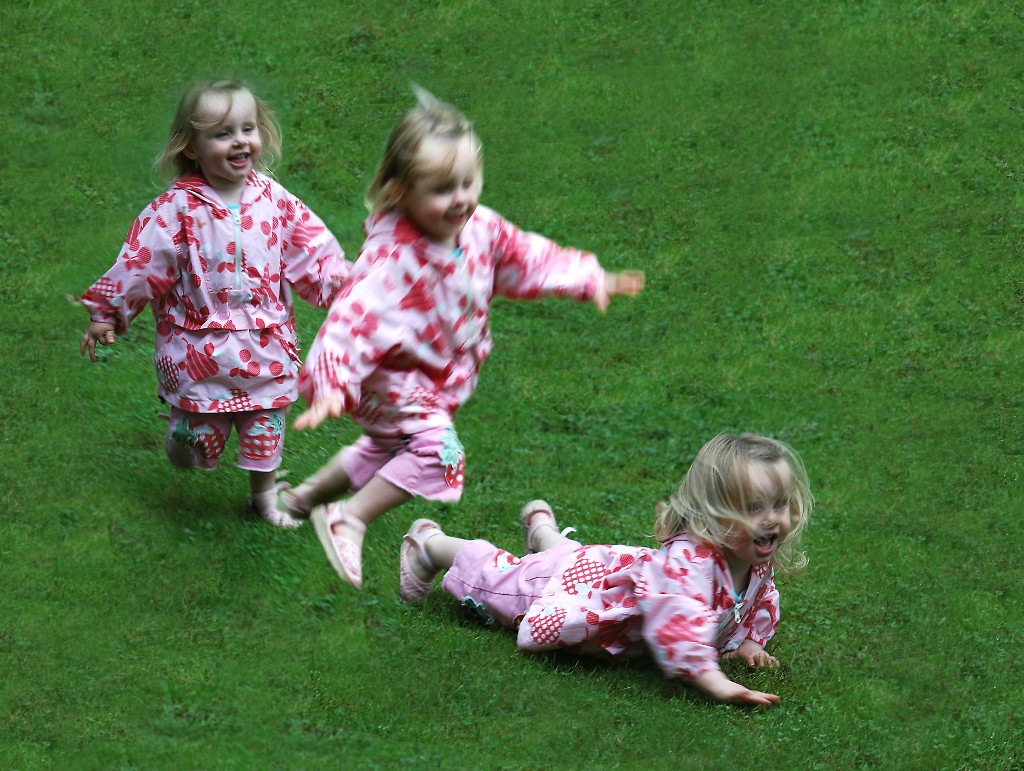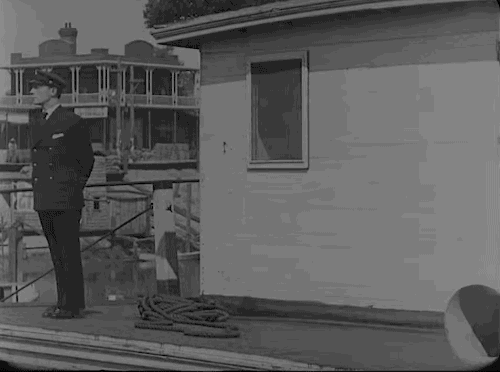How To Let Go
Planning a fall and surviving.

For a brief span of about one spring, I was obsessed with learning how to fall. This is not a metaphor; when I say I was learning, I mean that I typed “how to fall” into a search engine and discovered the surprisingly robust world of YouTube falling tutorials. And when I say “obsessed,” I mean, I fell. I bruised. I got back up and fell again.
To successfully fall requires a certain disposition, a willingness to often look like a fool while doing so. This was the point of many of the videos: “Is there a limit to how much comedy you can do?” a professional clown sans grease paint asked in one, before crumpling like a flower to the floor. Others were more serious: a British skateboarder advised his audience to never catch oneself while falling, lest they break a bone (“Watching this with a broken wrist lol,” went the top-voted comment on this one). This contradicted the acrobat’s advice — the opera fall he flung himself backwards into gets its name from the Peking opera, and involves using the arms as a means of diffusing force from the spine. The spine, and how easily one could paralyze or kill oneself with one misplaced fall, was a concern in all of them; “How to Fall to Your Death and Not Die!” went the cheerful title of what turned out to be a guide to amateur special effects.

I did not want to die, so I kept watching. Over the course of my obsession, I learned to shift my weight to my side, to swing my legs above my head in one spectacular, showy pratfall; I learned also that I was uninterested in learning jiu jitsu, impersonating Charlie Chaplin, or figuring out the one weird trick behind falling down a flight of stairs. The idea of context, of falling for a greater purpose — a stunt or a laugh or some other kind of performance — for some reason, this depressed me. My interest stemmed from something more ephemeral; I practiced in my bedroom, refusing to let anybody watch. Call it curiosity, maybe — I wanted to live and re-live that moment when the body is flung into motion. That tension. That flight.
Falling occupies an interesting cultural space. In summer camp, we fall backwards into the tender hands of our classmates in order to build trust; there’s no real evidence that this is, in fact, the outcome. There’s the less literal wordplay of falling, too — falling asleep, falling in love, falling from grace. Then there’s the Fall, when in Christianity Eve ate the apple and fucked it up for the rest of us. Or there’s that feeling of falling that sometimes occurs just before we begin dreaming, when the body jerks itself awake before starting the whole process over again. These are called hypnagogic jerks, and no one’s sure where they come from.

Most falls are an accident, someone tripping over a rock or slipping backwards on a patch of ice. Planned falls, once you actually know what you’re doing, are more dignified; there’s a level of control necessary even when losing control of oneself to gravity. It’s a kind of self-effacement, a Zen-like exercise in giving yourself up to forces beyond your control. The best pratfalls exude this sense of melancholy, even when they’re begging for a laugh. As funny or technically accomplished as Buster Keaton’s falls could be, there’s also a beauty to them, an artfulness that Harold Lloyd and Chaplin lack. They feel, occasionally, like Sisyphus’s struggle, or saints tossing themselves through some obscure form of torture in order to gain knowledge of the divine.

“I have always been fascinated by the tragic,” the Dutch performance artist Bas Jan Ader said in a 1972 interview, when asked about his own falls. “That is also contained in the act of falling; the fall is failure.” In a series of videos made during the early seventies, Ader filmed himself falling from a tree, falling from the roof of his California home, and falling into a city canal while bicycling through Amsterdam. Each fall is brief — one lasts barely over a minute — and lack any kind of rhyme or reason. Instead, it’s falling for falling’s sake.
In “Broken Fall (Organic),” Ader hangs from a tree. Over the course of the minute-long video, his thin body swings and sways, looking not dissimilar from the tree trunk behind it. The moment is tense; we know what’s going to happen. When it does, though — when he loses his grips and falls, with a splash, into the pond below — it’s still a shock. At the video’s beginning, there’s a chance that the inevitable won’t happen; at the end, it already has, and lasted no more than a second.
Is it unfashionable to wish for transcendence? The danger with vulnerability is that sometimes it can lead into affectation, a pose of sadness that does little to reduce the barriers between a person and the world surrounding them. We’ve all had the too-drunk friend crying over problems that are interesting only to themselves. But drunks somehow always manage to avoid injury when falling — it’s the lack of self-consciousness. At a certain point, their mind ceases to be, and muscle memory takes over.
How lovely, to successfully abandon the buzzing of one’s own thoughts. This, I realize now, is why I was so unsuccessful during my brief obsession — I’d always catch myself before my feet left the ground. Falling requires a willingness to let go, quite literally — and alas, I’m too tense, too anxious. Sometimes my body shakes from how tightly I hold myself upright. As though I were afraid to slip.
Too bad. That moment when feet meet air, when the mind flattens into nothing and the body takes over, more concerned with gravity than the trajectory of one’s own worries — that moment sounds like heaven. Some of us will never achieve it. There’s a freedom to that moment: no voice, no ego, no I. There are rules that must be followed: what goes up must come down. A body in motion stays in motion, unless acted upon by an unbalanced force — and thwunk, there it is. There is the ground. There is reality. There is the simple fact of existing, of being alive.
Rhian Sasseen’s work has appeared in Aeon, Pacific Standard, the Los Angeles Review of Books, and others
